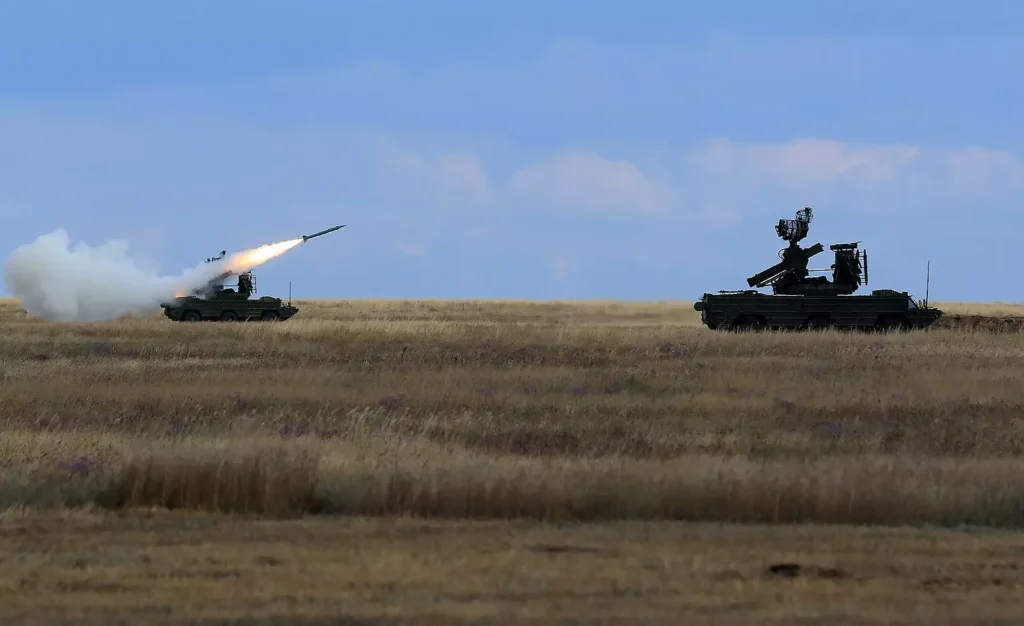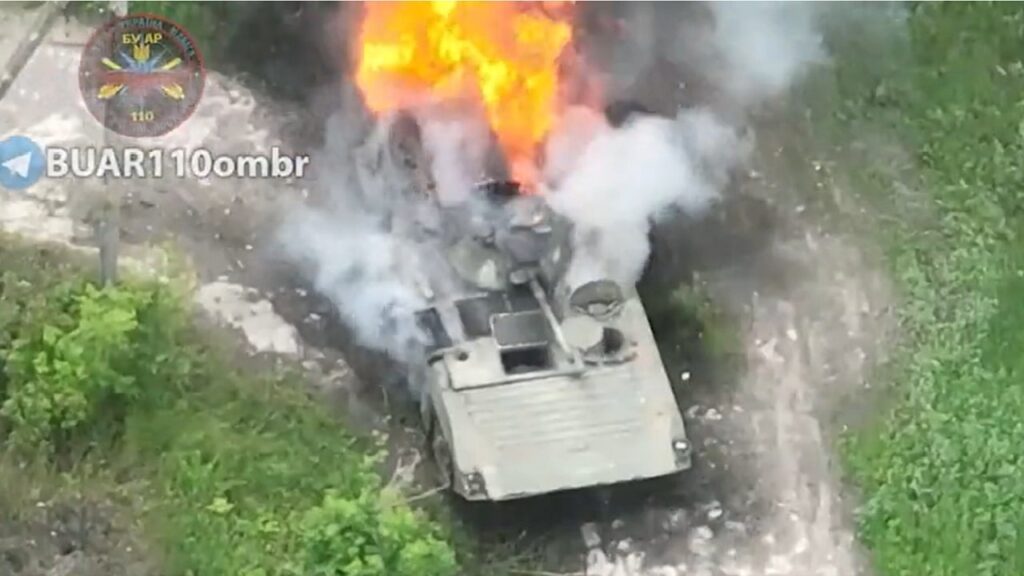Russia has been peppering Ukraine’s civilian areas with Iranian-made Shahed-136 “suicide” or “kamikaze” drones. The latest attacks on Monday killed five civilians and possibly more as first responders search debris for victims.
Unlike the Russian cruise missiles, which exploded in the flash of an eye, these Iranian drones are slow and easy to spot as they circle overhead, looking for targets. Their buzzing sound is loud and easy to hear as well.
Among the dead pulled from the rubble in Kyiv was a young married couple. The woman was six months pregnant. These are the targets of Russia’s attacks. Russian indiscriminate bombing and shelling since Day 1 of the war has aimed to terrorize the civilian population and destroy civilian infrastructure.
What is the Shahed-136 drone?
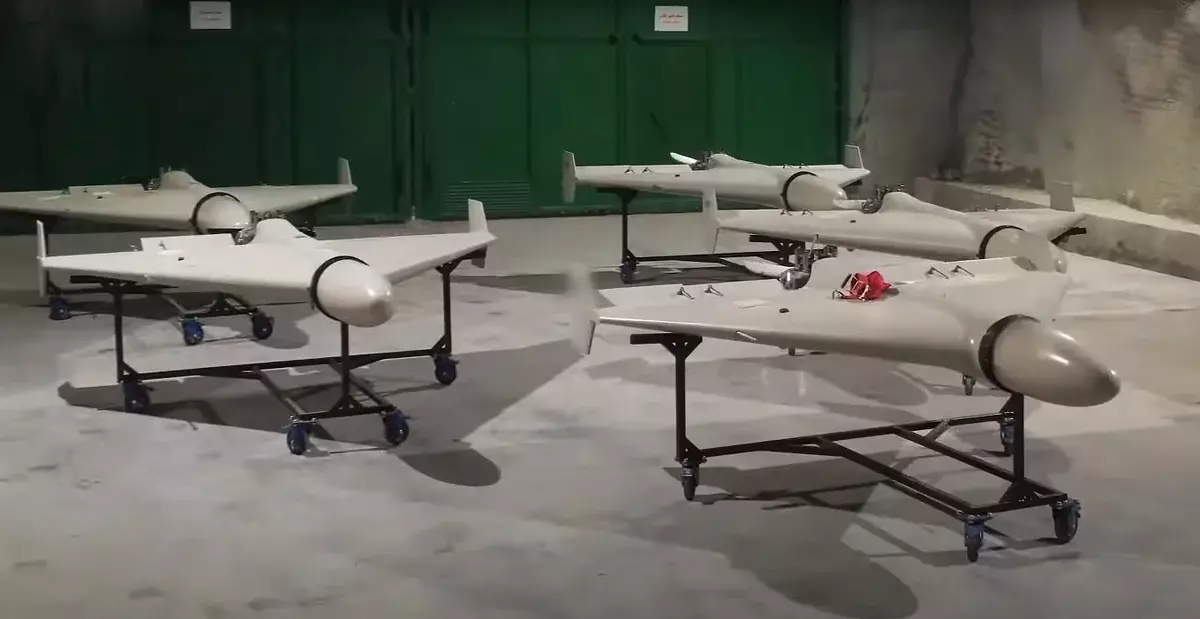
The Iranian-made drone is a delta-wing (triangular) unmanned aircraft that is officially designated as the “Geranium 2” by the Russian military. It is relatively small in size and is launched from a tube via ground, air, or sea launchers.
The drone can loiter over targets and is equipped with real-time GPS coordinates to guide it toward targets. The Russians used the Iranian drone at least a month ago when they targeted Ukrainian naval facilities in Odesa on September 13.
The Shahed-136 has a range of 1,500 miles, can carry an 80-pound explosive warhead, and travels at 116 mph.
The Iranians have officially denied supplying these drones to Russia, but social media is proliferated with photos of the slow-flying drones, whose profile is hard to miss. The Iranians have also supplied Moscow with the Mohajer-6, which is “similar in size and functionality to the Bayraktar TB-2 drone from Turkey,” said Vikram Mittal, a professor at the U.S. military academy in West Point.
The Institute for the Study of War reported that the drones in Iran are placed under the operational control of the Iranian Revolutionary Guard Corps (IRGC), which is believed to have deployed to Russia to train Russian troops on the drones’ operation.
Despite the relatively small warhead, the Russians can use the Shahed-136 on stationary targets, such as ammunition dumps, as the Ukrainians have used the Bayraktar TB-2 and American-made Switchblade ‘kamikaze” drones.
Related: Switchblade drones: Giving Ukraine an edge on the battlefield
Defending against drone attacks
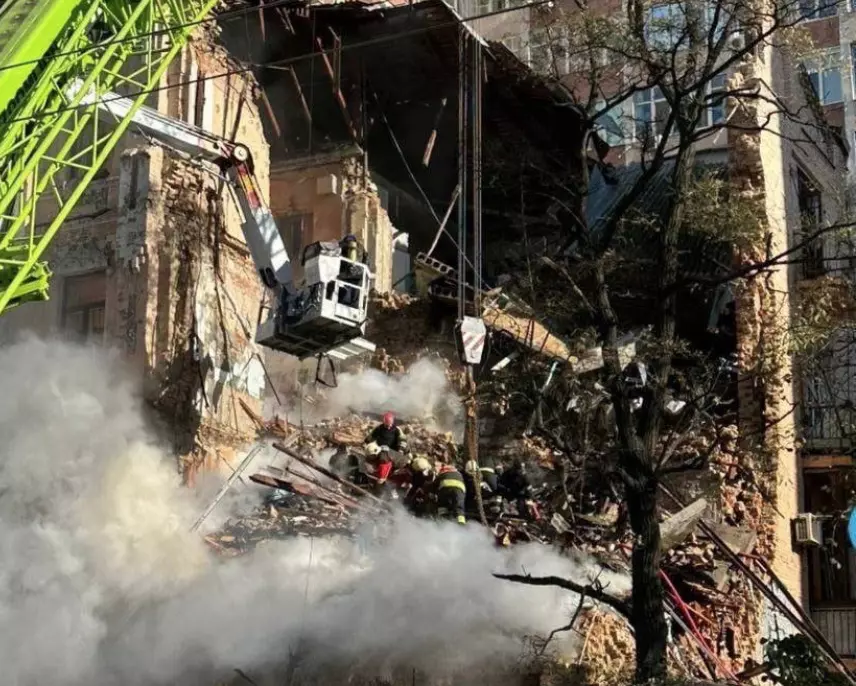
As a new weapon on the battlefield, the Shahed-136 is probably punching above its weight in its early usage. As they are used more frequently, the Ukrainians will become more adept at shooting them down or disrupting their signal. As they have already captured crashed or shot-down drones, they’ll be able to take them apart and see how they work, including ways to jam the GPS signal.
Ukrainian Air Force spokesman Yuri Ihnat said Monday that Ukrainian defenses have shot down 85 percent of the Shahed-136 drones launched by Russia. That number seems high.
Nevertheless, according to the U.K. Ministry of Defense’s daily intelligence assessment on October 12, the Iranian drones can be easily shot down.
“These UAVs are slow and fly at low altitudes making lone aircraft easy to target using conventional air defenses. There is a realistic possibility that Russia has achieved some success by attacking with several UAVs at the same time,” the British ministry said.
The Shahed-136’s low speed and altitude make them susceptible to small-arms fire. Air defense units also have Western-supplied shoulder-fired air defense missiles that can easily take down drones.
NATO also announced Tuesday that it will send signal jammers to Ukraine to help it defend against the drones.
Related: Attack on the Crimean Bridge – Ukraine’s birthday present to Putin
Is this a sign of the Russian defense industry crumbling?
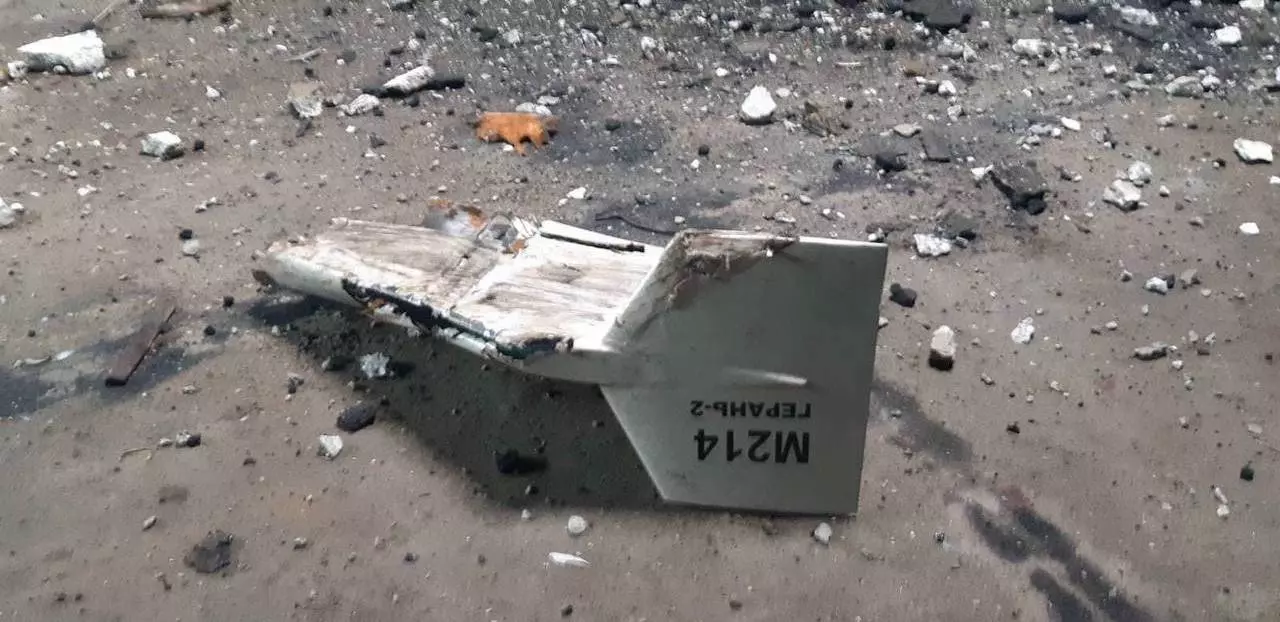
Οn October 11, President Volodymyr Zelensky said that Russia had ordered 2,400 Shahed-136 kamikaze drones from Iran.
In late August, Russian presidential spokesman Dmitri Peskov denied that Russia was buying Iranian drones. However, according to Iranian officials who spoke to Reuters recently, Russia has asked for more drones as well as ballistic missiles.
This is effectively an admission by Moscow that its industry is incapable of producing the drones that they are now using and has turned to the Iranians. This has been echoed by some in Russia.
“The defense ministry has worked out tactical and technical requirements for drones. And unfortunately, most (Russian) manufacturers can’t meet them,” Colonel Igor Ischchuk recently said to TASS news agency.
While Russian defense manufacturers can produce missiles, their interior technical components inside are made in the U.S., and the economic sanctions have dried up their supply. This is affecting many Russian weapons.
Given that their supply of cruise missiles is drying up, they’ve been forced to use Iranian drones, which are much less accurate than the Turkish-made UAVs Ukraine uses.
Feature Image: Ukrainian anti-air forces training during United Efforts 2021 exercise. (Ukrainian Air Force)
Read more from Sandboxx News
- Ukraine is getting ScanEagle drones to help it take out Russian artillery
- Russia has lost more than 65,000 men in Ukraine
- AbramsX tank launches kamikaze drones and goes electric
- The Air Force finds new use for its Global Hawk drones
- US confirms sending HARM missiles as Ukraine wreaks havoc on Russian air defense systems
